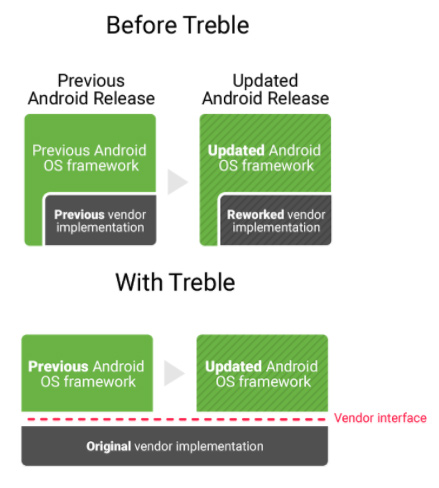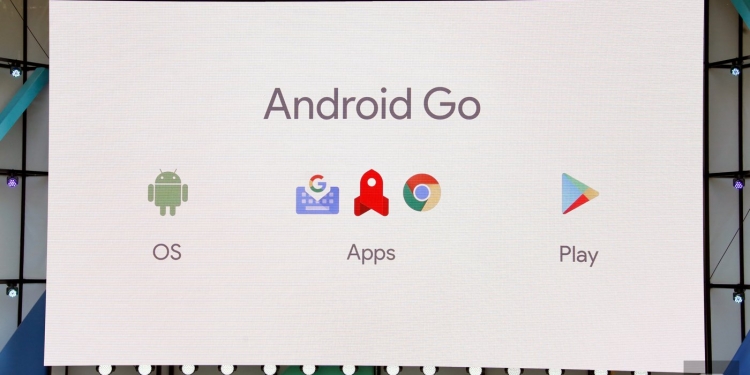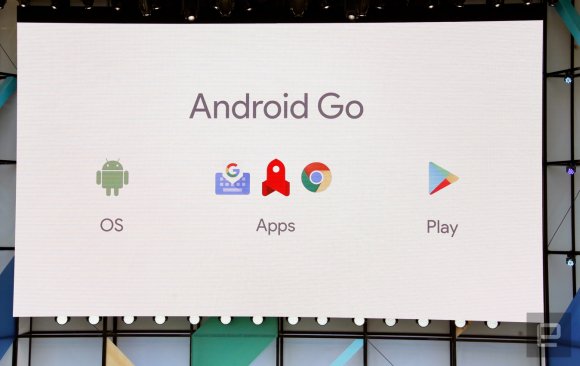Google has been talking about connecting the next billion. These are basically users in the emerging markets that would access the internet for the first time on a smartphone. Previously, Google had initiated Android One with an aim to make smartphones more affordable. This was achieved by giving vendors a reference device template to follow while running on stock Android software.
One of the biggest challenges for budget devices is the experience. There are heaps of cheap Android phones in the market but most of them are stuck with old OS such as Android 4.4 KitKat. Most of these phones are built to a price and the low spec hardware simply can’t keep up with the requirements of today’s Android.
To provide a fluid and optimised experience for budget users, Google has introduced Android Go, an optimised and lighter Android O experience for entry-level devices.
With Android Go, you can expect a great Android O experience on phones that come with just 512MB or 1GB RAM. On top of that, native apps will be optimised to use less memory, storage and even mobile data. This includes Google’s Chrome browser and YouTube Go which are designed to be more frugal on data. YouTube Go allows users to preview videos before streaming and it even lets you download videos for offline viewing and you could even share them with another device without using data. Not only it makes it more usable in areas with poor internet connectivity, but it helps to save on data cost.
In terms of third-party apps, the Google Play Store will also highlight apps that are optimised for Android Go. These are generally smaller in file size and they consume less power and memory usage. You are still allowed to download other normal Android apps even if it isn’t optimised.
Android Go will be available for all smartphones beginning next year and they are encouraging developers to optimise their apps for these new budget smartphones. There’s no mention if existing devices can be upgraded to Android Go. If it does, it could revive a lot of old Android smartphones with a fluid experience.

From what we can see, the biggest hurdle probably lies on smartphone vendors. Not all manufacturers are pushing the latest Android even on their latest mid-range models. Hopefully that would change next year with Project Treble. The modular approach would allow devices to receive the latest Android framework faster without requiring vendors to touch their customised implementation.









